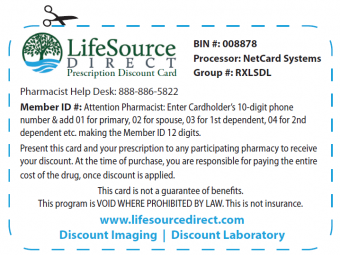
Ever played the board game Mouse Trap? The goal is to build a contraption that’s set into motion when a player turns a crank. The crank spins gears that push a lever that smacks a boot that kicks a bucket that spills a marble that rolls down a chute…Well, you get the idea. In the end (if you’re lucky), it catches a mouse.
Seeing how media has evolved reminds me of this old game. You get a mention in a newspaper article and find an online link to share on Twitter. Your followers retweet it to their followers, who post it on Facebook, where someone finds it and mentions it on a talk-radio fan page and, before you know it, you’re a guest on a radio show.
But in order to arrive at this dream outcome, you must first integrate your publicity with social media. At my firm, our social-media campaign manager turns the crank. She writes and posts blogs and comments and tweets updates on behalf of clients. Her aim is to build a large, credible following for them.
Here are a few of her tips
People who use social media casually may send a few tweets, update their Facebook status or write a weekly blog post. They connect with people whose content they’re interested in: family members, friends, co-workers, fellow hobbyists and people who share their interests.
If you have a serious goal, such as building an audience for marketing purposes, however, you need to do all of that and more. One strategy I use for our clients is generating “third-party conversations.” Instead of simply posting on our clients’ own social networking sites, I visit the blogs, websites and fan pages of people with similar interests. I comment on their content in hopes of engaging their audience in a conversation that can drive traffic to our clients’ websites.
For instance, we have a client whose message involves maintaining healthy romantic relationships. I found a great article on this topic and shared it with a comment on other sites. The article prompted a discussion and, when it seemed appropriate, I shared a link to our client’s blog. As a result, she gained some new Facebook and Twitter followers.
Another strategy I use is promoting our clients when they’re featured in traditional media, such as newspapers and radio and TV shows, all of which seemed to have some sort of online presence. One client had signed on for our talk-radio campaign. I promoted her upcoming radio interviews to her friends and followers. I also visited the stations’ Twitter accounts and Facebook pages, friended their friends and plugged the upcoming interviews there. As a result, this client made lots of new connections among the stations’ listeners.
These are strategies anyone can use. They merely require time and imagination. To help ensure your success, here are some tips:
- Don’t over-promote yourself. This is the number-one rule. People are turned off by those who seem interested only in selling a book or product. A good rule of thumb is to make sure 80 percent of your content is light, interesting, informative or fun.
- Don’t bury your followers in an avalanche of content. Limit Facebook status updates and tweets to three or four per day.
- People new to social media often regard those with similar content as rivals or competitors. Actually, they can be your new best friends. Become a partner in sharing with online personalities whose messages are similar to yours, and you’ll soon have a vast support network.
Integrating publicity and social media requires some thought, effort and creativity. But isn’t that always true when you’re trying to build a better mousetrap?
Sign up for The Lead and get a new tip in your inbox every day! More tips:
5 Ways to Boost Your Website’s Marketing Value
Marsha Friedman is the CEO of EMSI Public Relations (www.emsincorporated.com), which provides publicity services nationwide, and the author of Celebritize Yourself.

